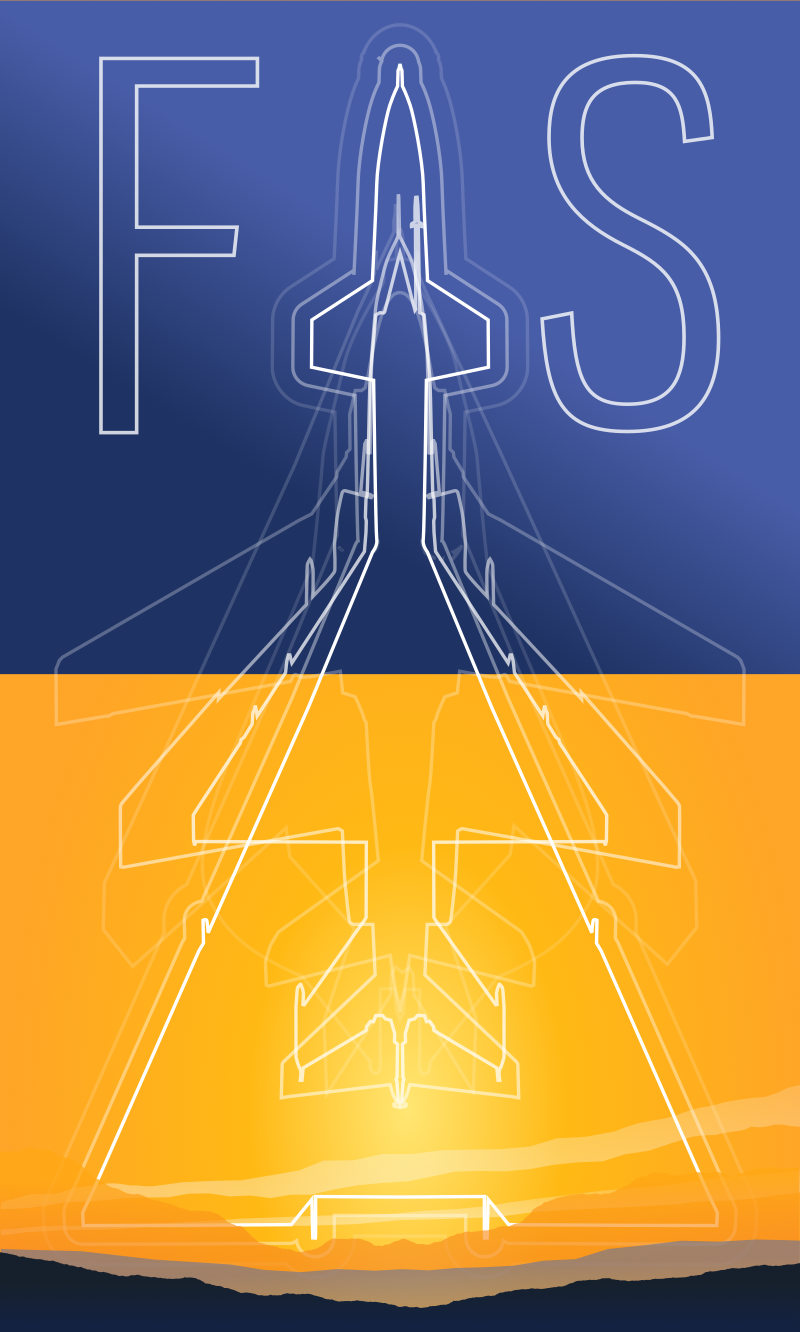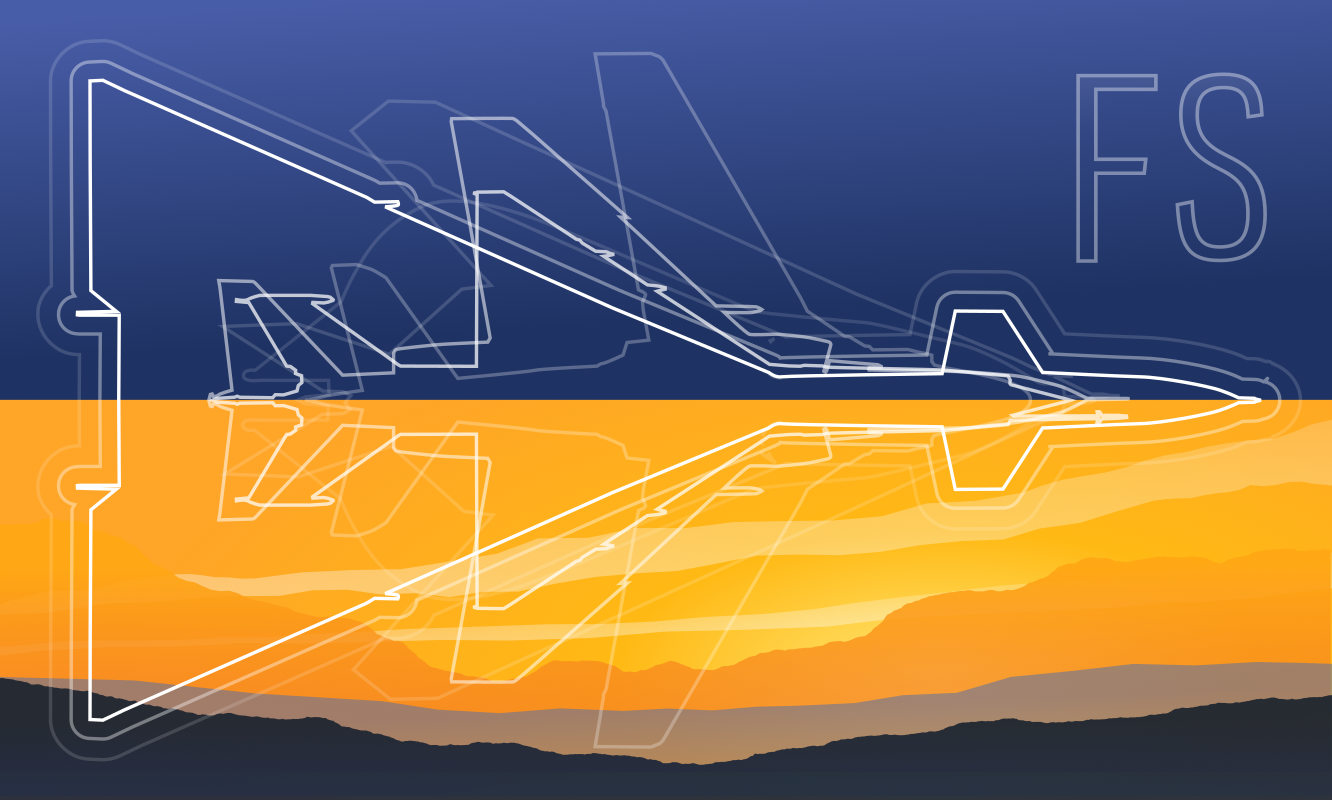From my Notebook >
BREES: A Basic Rated-Edge Evaluation System for Blade Sharpness
This article introduces BREES, the Basic Rated-Edge Evaluation System.
The BREES system is used to answer the question: How sharp is my knife blade?
BREES is aimed at knife hobbyists, pocketknife users, pocket tool enthusiasts, and EDC fans.
Why BREES is Useful
- BREES Provides a basic rating system for covering mainly the everyday knife sharpness levels.
- BREES Provides specific, real-world example materials for testing sharpness.
- BREES Allows for quick and effective blade evaluation, focused on both cutting capability and quality of cut.
- BREES Results in a rating that can be used to realistically evaluate & plan for future sharpening.
- BREES is a simple alternative to more complex, industrial-style rating systems, providing reasonable testing coverage based on real-life use.
What BREES Stands For
BREES stands for “Basic Rated-Edge Evaluation System”.
How to Pronounce BREES
Say “cheese” but replace the CH with BR. The result should sound like “breeze” and not “breese”.
Getting Started: How to Use BREES
When using BREES, you will score your knife’s edge by applying an alphabetical rating at each of six levels of evaluation.
The Alphabetical Ratings
The ratings are as follows:
- “A” Rating: Cut was effortless, smooth cutting; no roughness / fuzz left on surface. Note: Effortless implies minimal effort, but not quite “zero” effort. This is a qualitative rating, so if you are trying to make an objective comparison, ask a neutral party (who neither knows you well nor likes/dislikes you!) to help you test.
- “B” Rating: Cut required some typical effort; left a mostly smooth cut
- “C” Rating: Cut required more than usual effort or some focused exertion; some roughness in cut
- “N” Rating: Cut required unusual effort or annoyance. Typically a very rough cut which cannot be guaranteed to follow a given line. Unsuitable for all but urgent use. Blade may need immediate re-sharpening or may even be at some risk of breakage.
IF a cut starts at an N, there’s no need to continue testing the edge—it’s an N. Torture tests are not relevant to BREES.
Note: N is not the same as no grade at all. No grade may indicate that the blade is incapable of the given usage or would likely be permanently destroyed, or is otherwise completely inappropriate. This would typically be for an emergency use at best.
Levels of Evaluation: Test Your Blade
The following are the specific levels to use for evaluating blade sharpness.
Work through each level, assigning a rating (see above) each number, and stack the letters as you go along, like ‘AABCCN’.
- Basic Sharpness Levels, 1-3
- Level 1. Cuts through soft food, from banana to apple to room-temp Tootsie Roll or similar
- Level 2. Cuts through paper; simple string; thin plastic bags (Getting a ‘C’ grade here is the lowest useful grade for most EDC-style knives)
- Level 3. Cuts through corrugated cardboard; 2 layers of 110 lb. cardstock paper (cutting along grain); T-shirt cloth
- High Sharpness Levels, 4-6
- Level 4. Cuts through paracord in a forward-perpendicular motion (tension via hands OK, but not cut by crushing against a solid object), or similar synthetic rope; triple-layer clamshell plastic. Note: Effortless means effortless here, i.e. far less than the typical sharpened-knife effort.
- Level 5. Cuts through avg. hardness carving wood (with grain, starting with blade parallel to surface, not at perpendicular end of surface, cutting to at least 2mm depth); similar leather; thick plastic of minimum 1mm (Getting an ‘A’ grade here is typically the highest grade for most EDC-style knives)
- Level 6. Cuts through dense plastic up to 3mm thick; minimum 1-inch (25.4mm) thick standard rubber seal; thin metal such as 29-gauge tin-style metal. (Force/effort used should be compared to typical wrist force or elbow force, not shoulder force.)
Proper Rating Results
You can use the proper rating to compare multiple knives, or edges.
To get a proper rating, stack the letters from your test results. Always stop after the first B, leaving off C’s and N’s.
Here are the Proper Ratings:
- A: Kitchen Utility
- B: Butterknife
- AB: Keychain & Pocket Utility Edge. Basic EDC edge. The Level 1 test result was effortless, and the Level 2 result was typical.
- AAB: Daily Driver Edge. Very practical EDC edge. The Level 1 & 2 test results were effortless, and the Level 3 result was typical.
- (AAA and Above: These are High-Quality Edges. B grades are just clutter after this point.)
- AAA: Shop Edge 3A
- AAAA: Expert Edge 4A
- AAAAA: Elite Edge 5A
- AAAAAA: Blade Nerd HQ 6A
An Example of Applying BREES
Chris was able to pass all three of the first levels effortlessly, using a brand-new knife. So far, Chris has an “AAA” rating, because tests at levels 1-3 each received an “A” rating.
Next, Chris was able to cut through paracord effortlessly (an “A” at level 4), and cut carving wood to 2mm depth starting parallel to the cutting surface with typical effort (a “B” at level 5) . After this, Chris had to exert additional effort when cutting through tin (resulting in a “C” at level 6).
This resulted in AAAA + B + C. At this level, only the AAAA part is kept, so Chris has an Expert Edge.
BREES FAQ
- What if I don’t want to cut into metal with my knife just to test the sharpness?
- First: You can use one of the other specified materials at that level.
- Second: Keep in mind that where you stop in your testing is up to you. BREES does NOT require an exhaustive test. BREES is a practical rating system and requires applied effort to real-world tests, but there is no specified ending level for your own ratings. Be flexible and keep it simple.
- Third: BREES is not a “how good is my knife in an emergency” or “how prepared am I” test. BREES was designed as a “how sharp do I want my edge to be” planning and measuring aid for everyday use. You probably don’t need to max out your score. An AAA or AAAA rating is more than good enough for most people.
- Tip: Decide what level you want to aim for in your sharpening. This planning aid is part of the reason why BREES exists.
BREES Background
When I was a youngster, I used to watch my dad spend hours sharpening the various knives in his collection. He liked to carve, whittle, and collect knives. We would look through knife catalogs together and he’d say things like “GEE WHIZ, what pretty knives they have nowadays! Would ya lookit that one!” Dad was a very educated guy, but he couldn’t hold back those expressions from his rough-and-tumble childhood.
My dad grew up in Rock Springs, Wyoming, during the depression. It was a mining town with a colorful mash-up of cultures. Then during the war years, his family moved to Bremerton, Washington to work in the shipyards. A new adventure—and his dad was even an air raid warden!
Dad used to dig in surplus junk piles for old British pith helmets, and play war, army, whatever. Those were the days when boys and men loved a good hunting rifle and a knife or two—but they couldn’t get too fancy, since there was a lot of other stuff to save for as well. So as an adult, dad loved that he could afford to buy fancy european blades or just some budget knives with fancy designs on the sides.
And me—as a kid’s allowance and budget went, my parents seemed to alternate between periodic extreme generosity and depression-style thrift lectures. As I used my small collection of randomly-gifted knives in various outdoor & scouting activities, I also found some favorite formats. Lockbacks, SAKs, plier-tools, and so on. Sometimes grandma would even send me budget gimmick knives or tools and I’d use ‘em whenever I could. Thanks grandma for the crescent wrench with a corkscrew!
Decades later, I designed BREES after getting into the EDC hobby. I had purchased an EDC pocket knife that wasn’t very sharp. I spent a lot of time sharpening it, for how cheap it was. But I liked how it felt in my hand, and it was kind of unique, so I kept going.
As I sharpened and re-tested the blade, I noticed that it was helpful to compare the cuts it made to similar cuts by other knives.
At the same time though, I didn’t need this basic EDC knife to be as sharp as my sharpest knives. So, how sharp did it need to be?
I thought about this and decided to design my own comparison system based on how the cuts felt & looked. This way, it’d be easier to figure out when I could stop focusing on sharpening my blade, and start counting on it for my normal tasks.
The result, BREES, has been satisfying to use because it provides a practicality-based rating as a result, rather than just “really sharp” or “so-so sharp” or “dull”.
I decided to publish BREES in case others might also find a slightly more objective measuring system helpful.
More About BREES & Friendly Licensing
BREES was created by Marc Carson. First Publishing, 2022-12-12.
BREES is released under CC-BY-SA 2.0, with Attribution Required. Please feel free to share, print, and post as long as the BREES author’s name, “Marc Carson”, is included in the result.
A link back to this article is also appreciated, but not strictly required.
Please note that this license is open to remixing / adaptation as long as attribution to the original author is provided. Enjoy!

 Friendlyskies.net
Friendlyskies.net